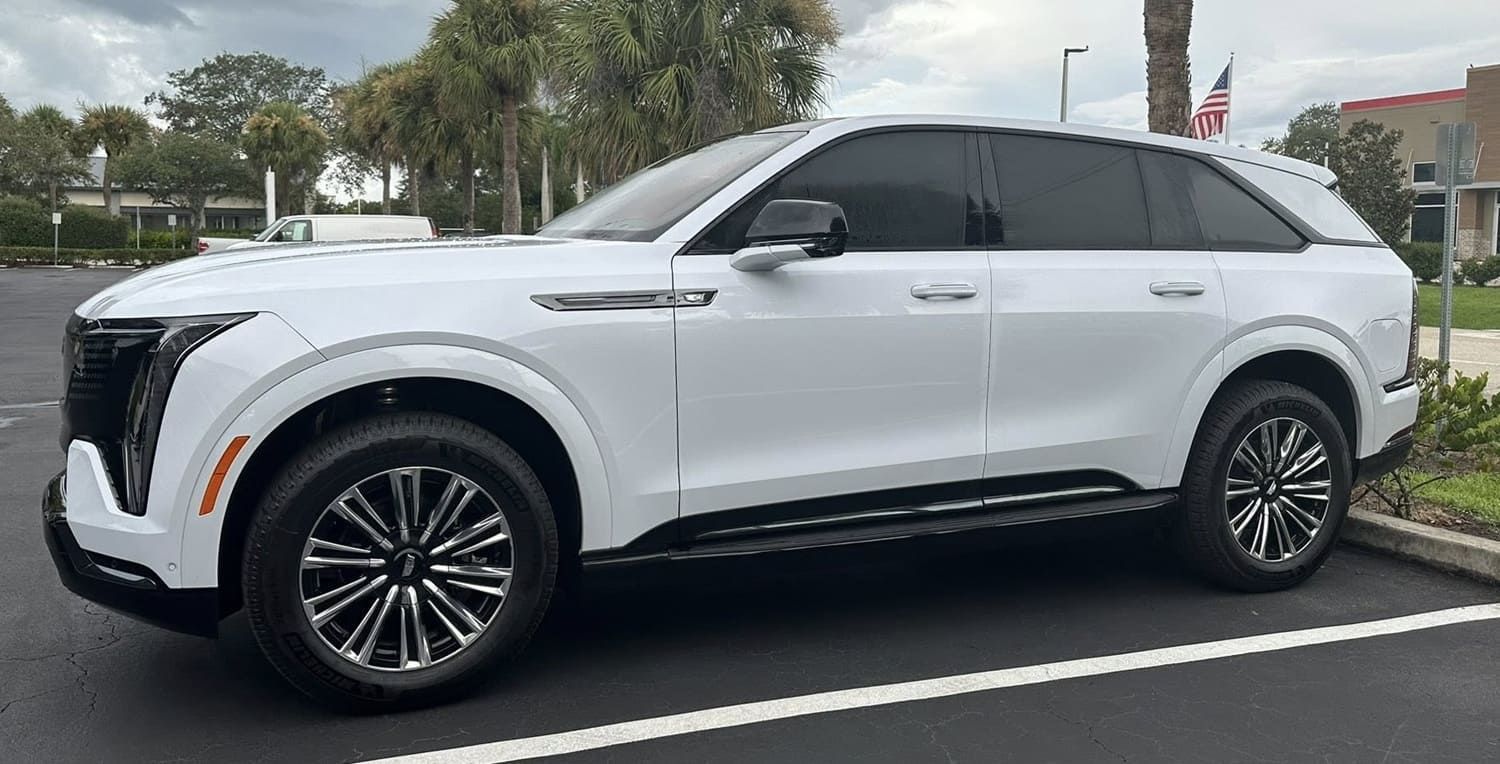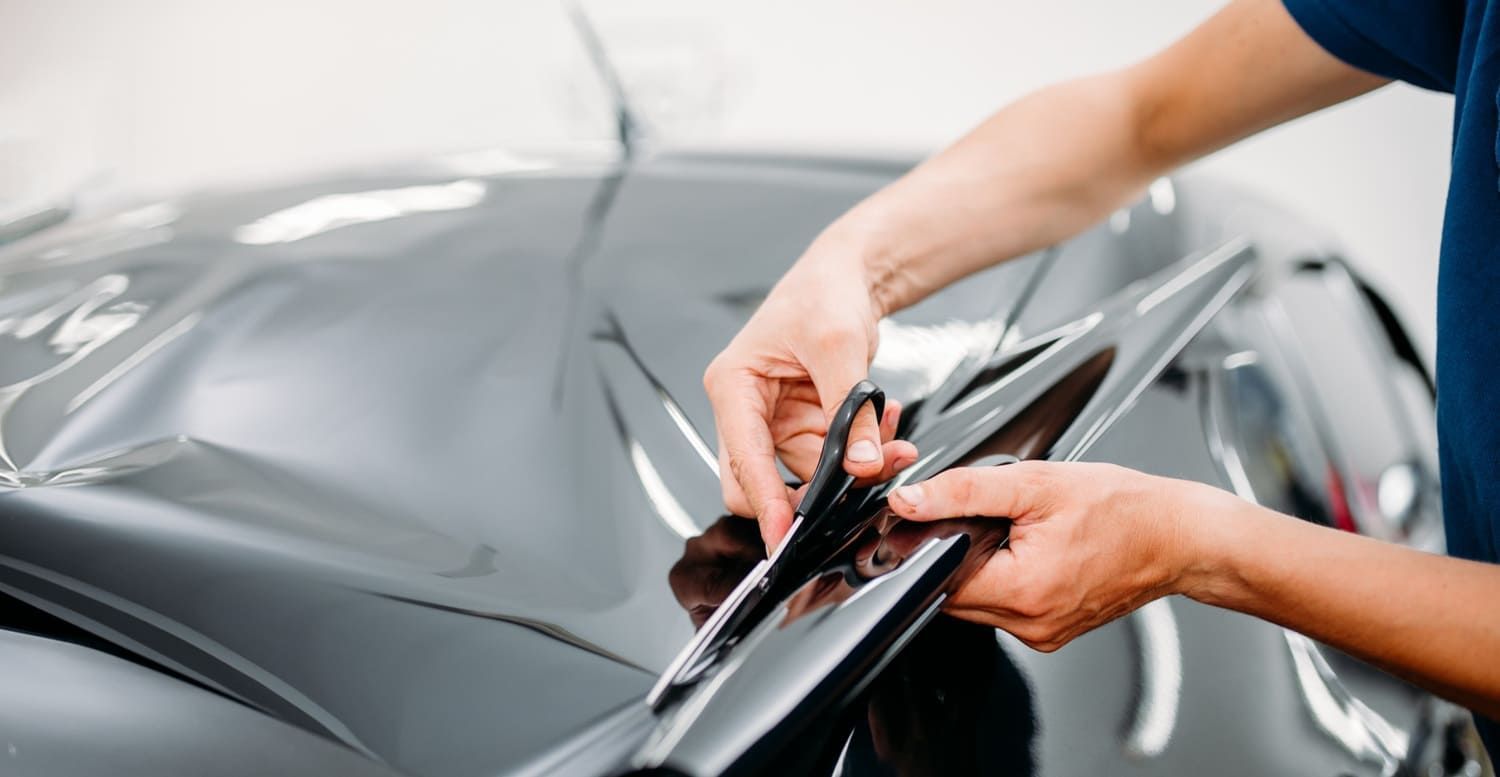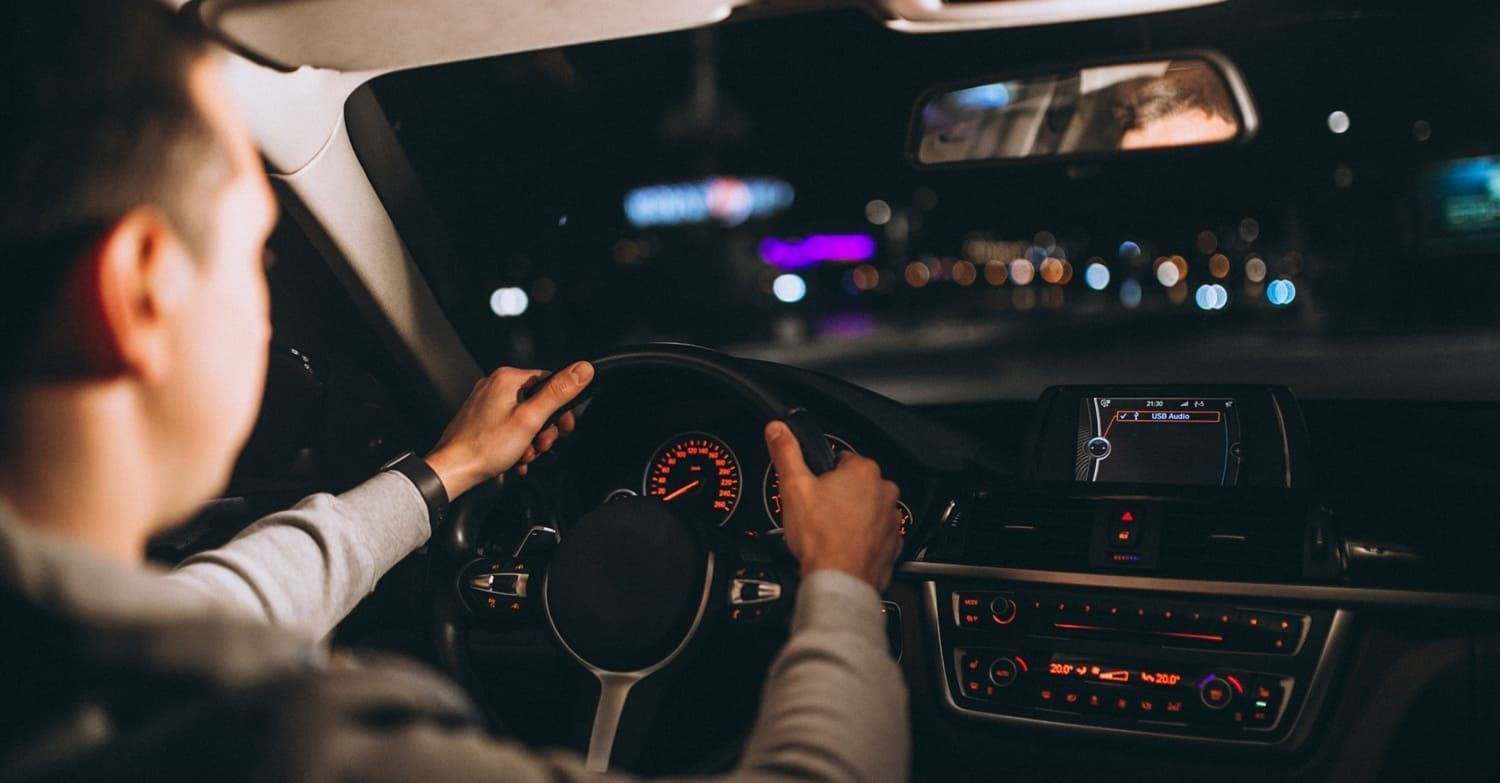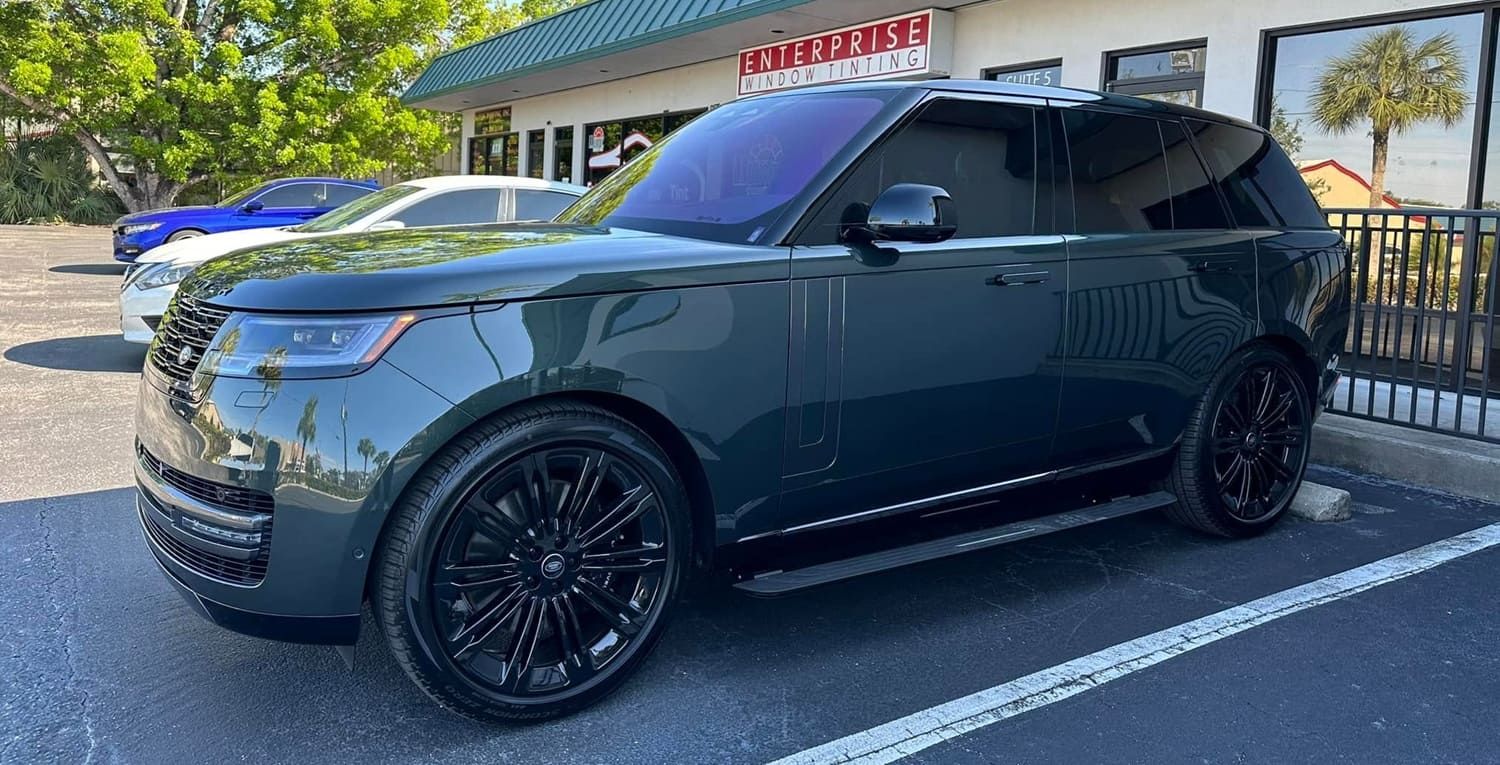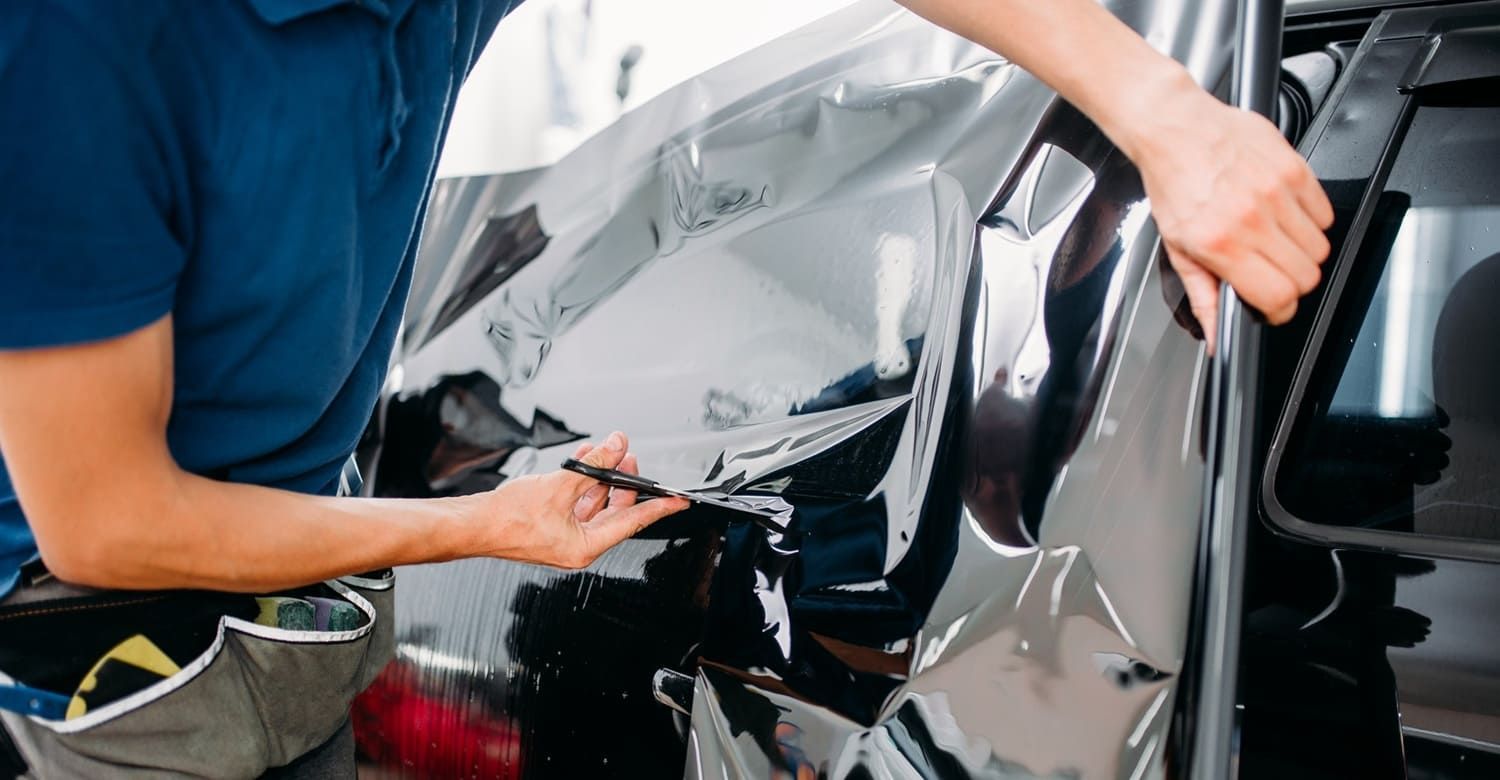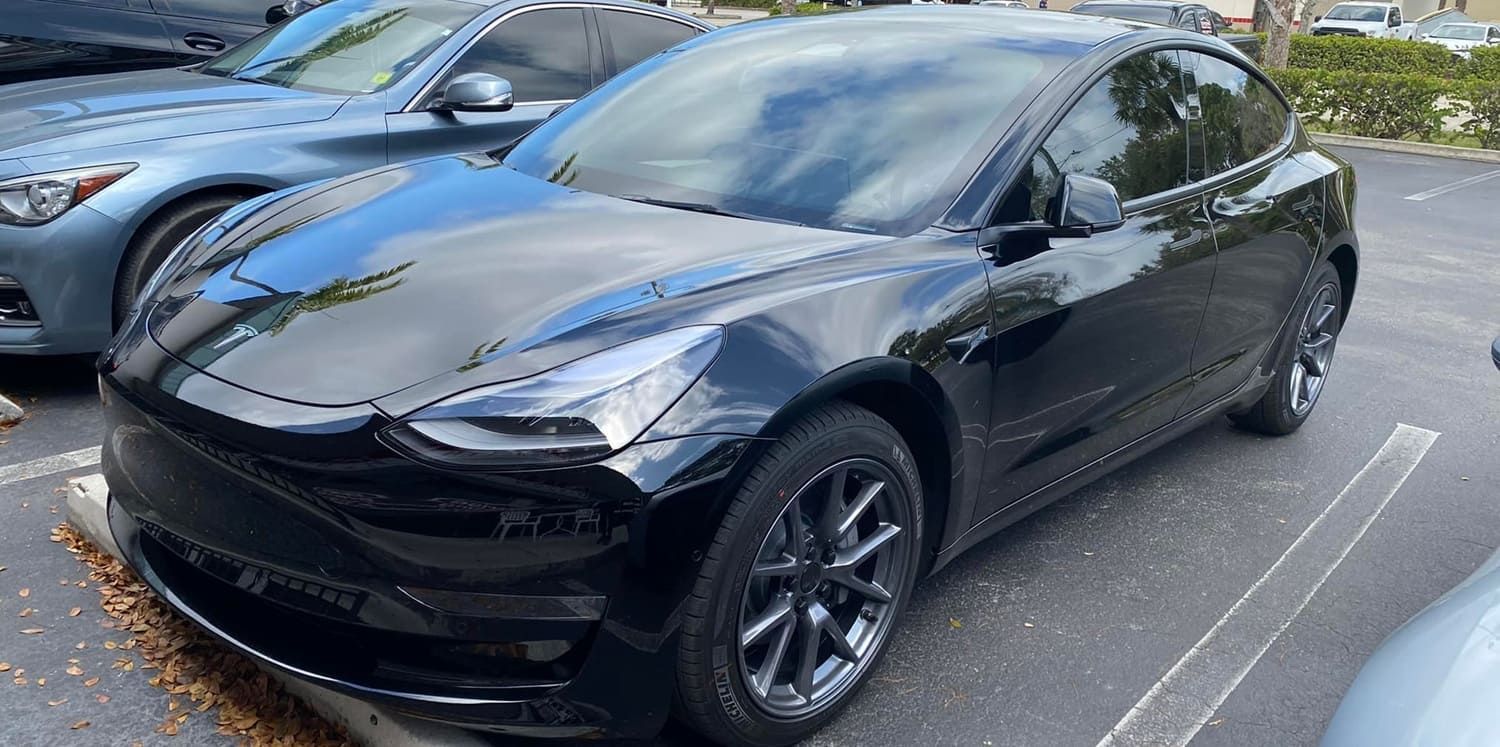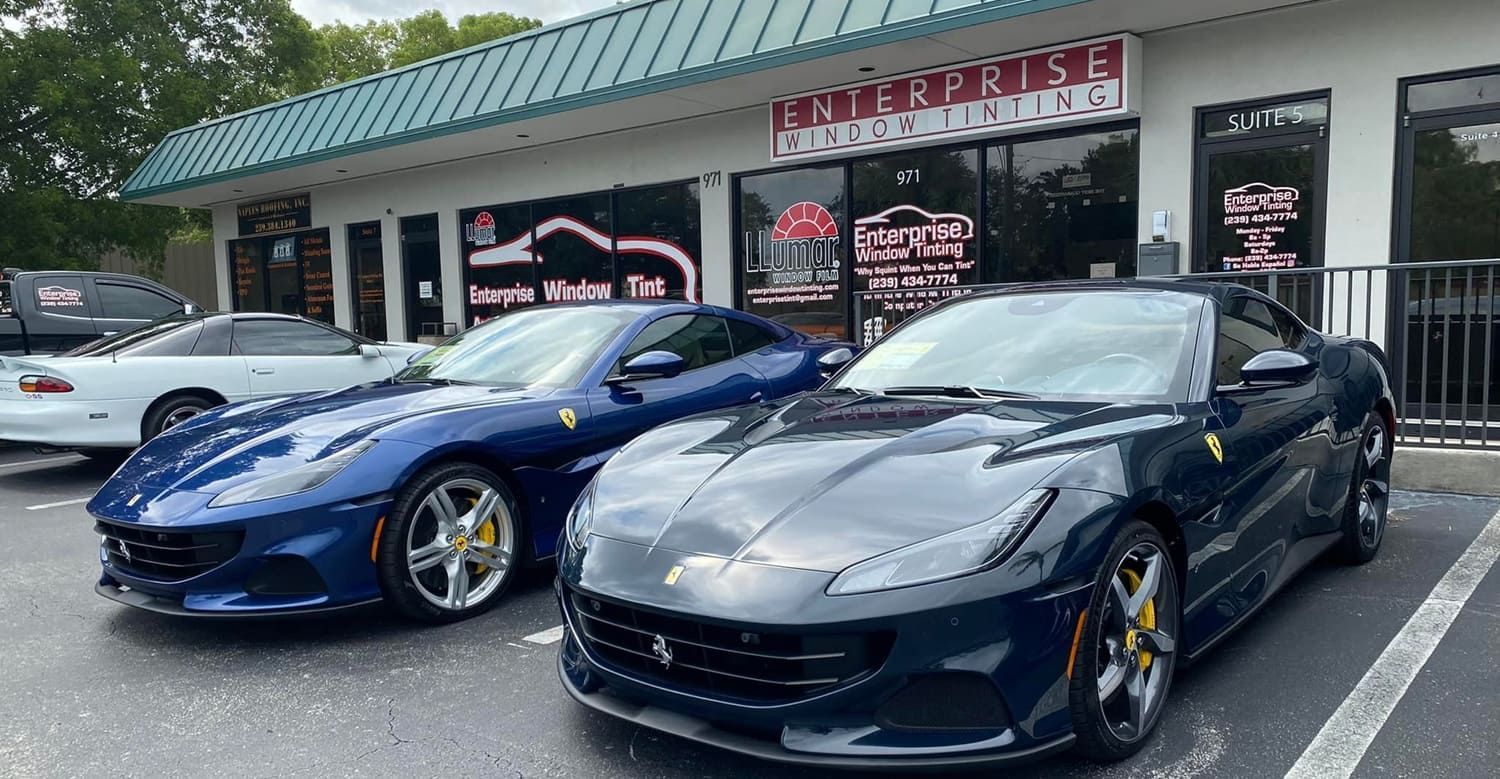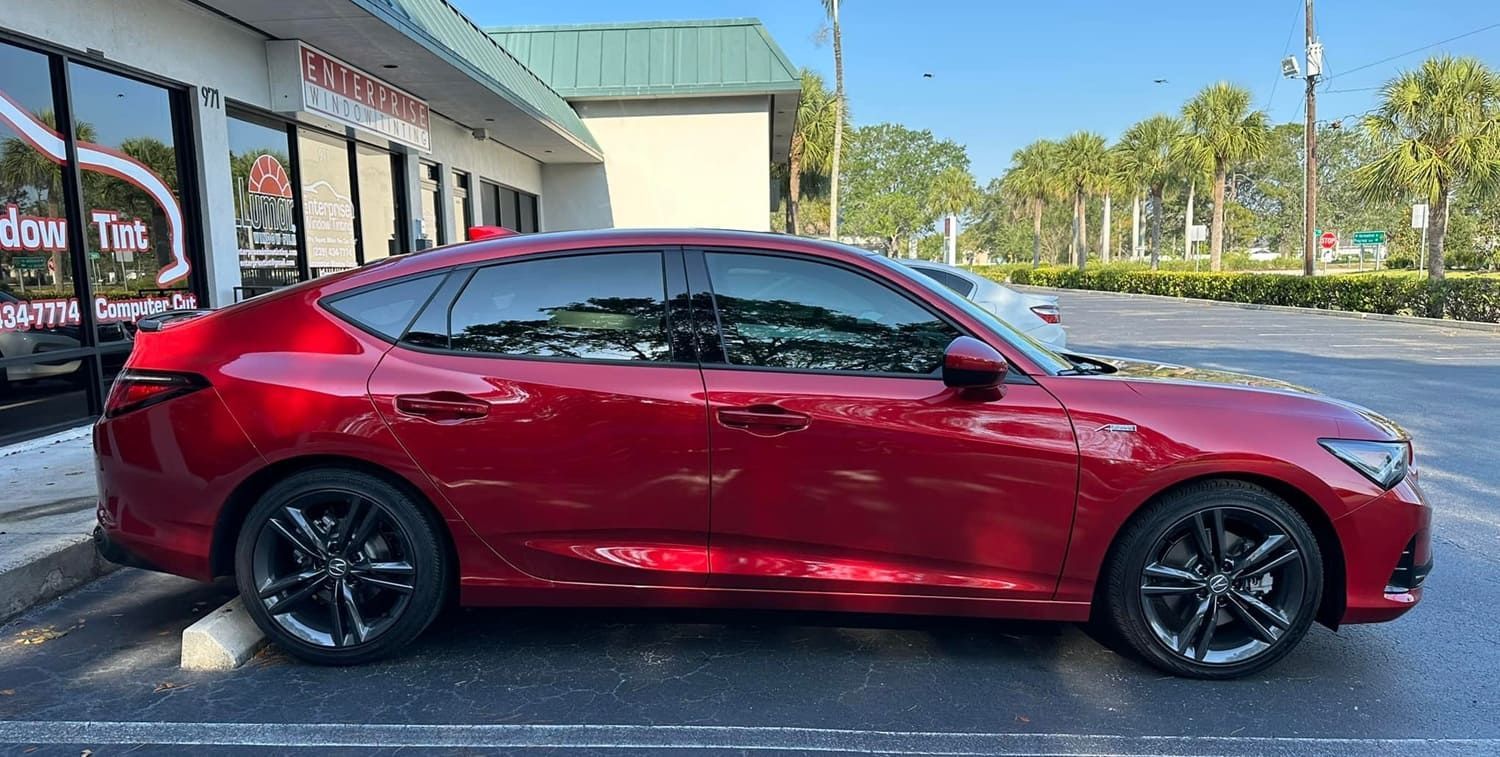Expert Auto Window Tinting Tips and Tricks for Car Owners
Auto window tinting is more than just an aesthetic upgrade.
It offers numerous benefits, from UV protection to enhanced privacy.
However, the process can be complex, with various factors to consider.
This guide provides expert tips and tricks to help car owners navigate the world of auto window tinting.
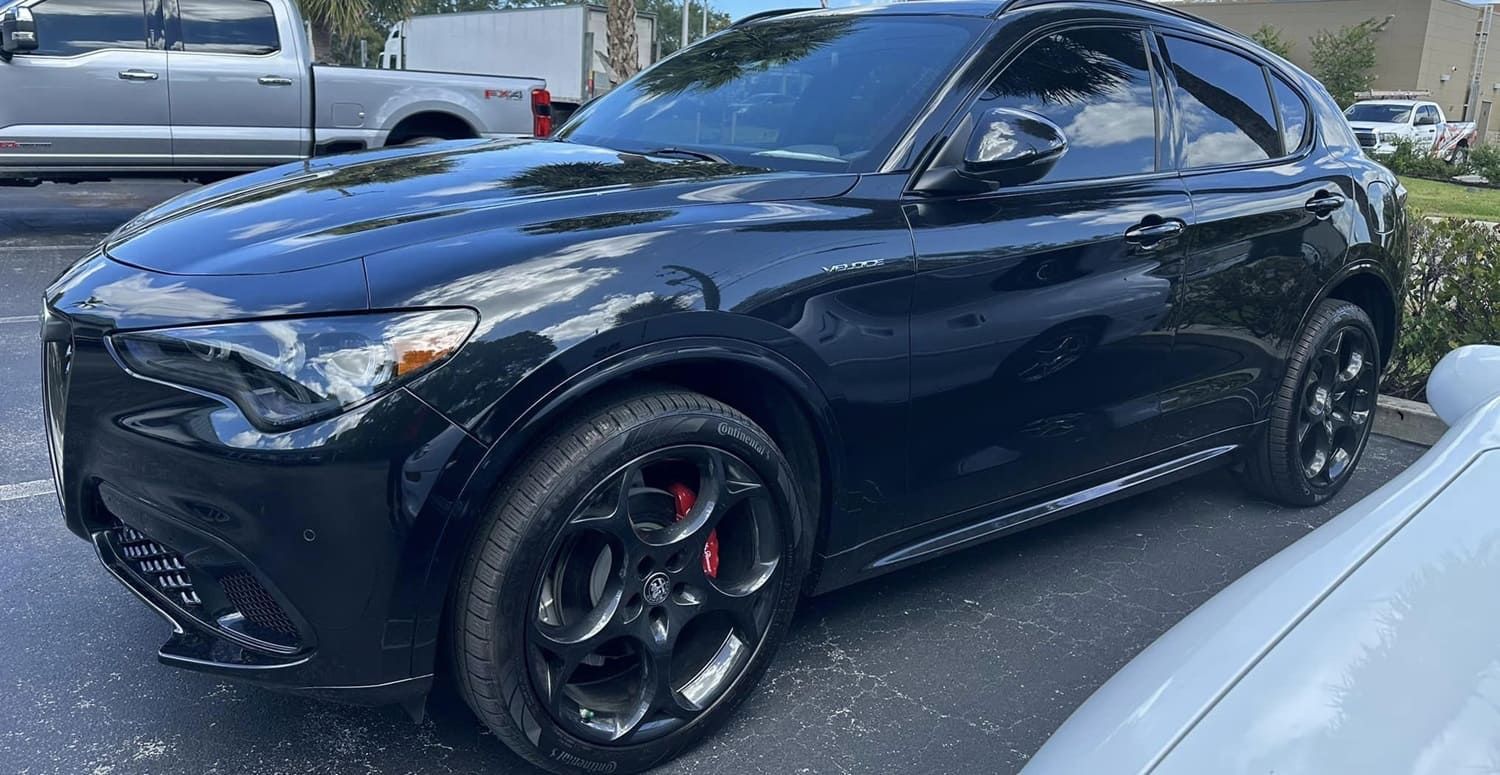
Understanding the Basics of Auto Window Tinting
Before diving into the specifics, it's crucial to understand the basics of auto window tinting.
This process involves applying a thin film to the interior of your car's windows.
The film serves multiple purposes, from blocking harmful UV rays to reducing glare.
However, not all window tints are created equal.
They vary in type, quality, and performance.
Here are some key points to keep in mind:
- The type of tint you choose will affect its performance and lifespan.
- Legal regulations on window tinting vary by state or region.
- The Visible Light Transmission (VLT) percentage of a tint determines how much light it allows through.
- Proper maintenance can extend the lifespan of your window tint.
Benefits of Tinting Your Car Windows
Auto window tinting offers several benefits.
Firstly, it provides UV protection.
This can help protect your skin from harmful rays and reduce the fading of your car's interior.
Secondly, window tints enhance privacy and security by obscuring the view into your vehicle.
Types of Window Tints Available
There are several types of window tints available.
Dyed window tints are the most affordable, but they may fade over time.
Metalized tints are durable and provide excellent heat rejection, but they can interfere with in-car technology.
Hybrid tints offer a balance between performance and affordability.
Carbon tints provide great UV protection and do not fade like dyed tints.
Lastly, ceramic tints are the most advanced, offering superior UV protection and heat rejection without interfering with electronic devices.
Choosing the right type depends on your needs, budget, and local regulations.
Legal Considerations and VLT Percentages
When considering auto window tinting, it's crucial to understand the legal implications.
Different states have different laws regarding window tinting.
These laws often specify the maximum darkness or minimum VLT percentage allowed.
Ignoring these regulations can result in fines or even removal of the tint.
- Check your local laws before choosing a tint.
- Consider the VLT percentage when selecting a tint.
- Remember, darker tints may not always be legal.
- Always ensure your tint complies with local regulations.
State Regulations and Compliance
Each state has its own set of regulations for window tinting.
These laws are designed to ensure safety on the roads.
For instance, excessively dark tints can hinder visibility, posing a risk.
Therefore, it's essential to check your state's specific laws before getting your windows tinted.
Always ensure your chosen tint complies with these regulations.
Failure to do so can lead to penalties.
It's always better to be safe than sorry.
So, do your research and choose wisely.
Preparing for Window Tinting
Before you start the tinting process, proper preparation is key.
Your car needs to be clean and ready for the application.
This includes cleaning the windows thoroughly.
Any dirt or debris can affect the final result.
Car Preparation Steps
Start by cleaning your car windows.
Use a high-quality glass cleaner for this.
Ensure there are no streaks or residue left behind.
Choosing the Right Tinting Service
Choosing the right service for auto window tinting is crucial.
Look for a reputable service with good reviews.
Consider their experience and the quality of their work.
Remember, the best service may not always be the cheapest.
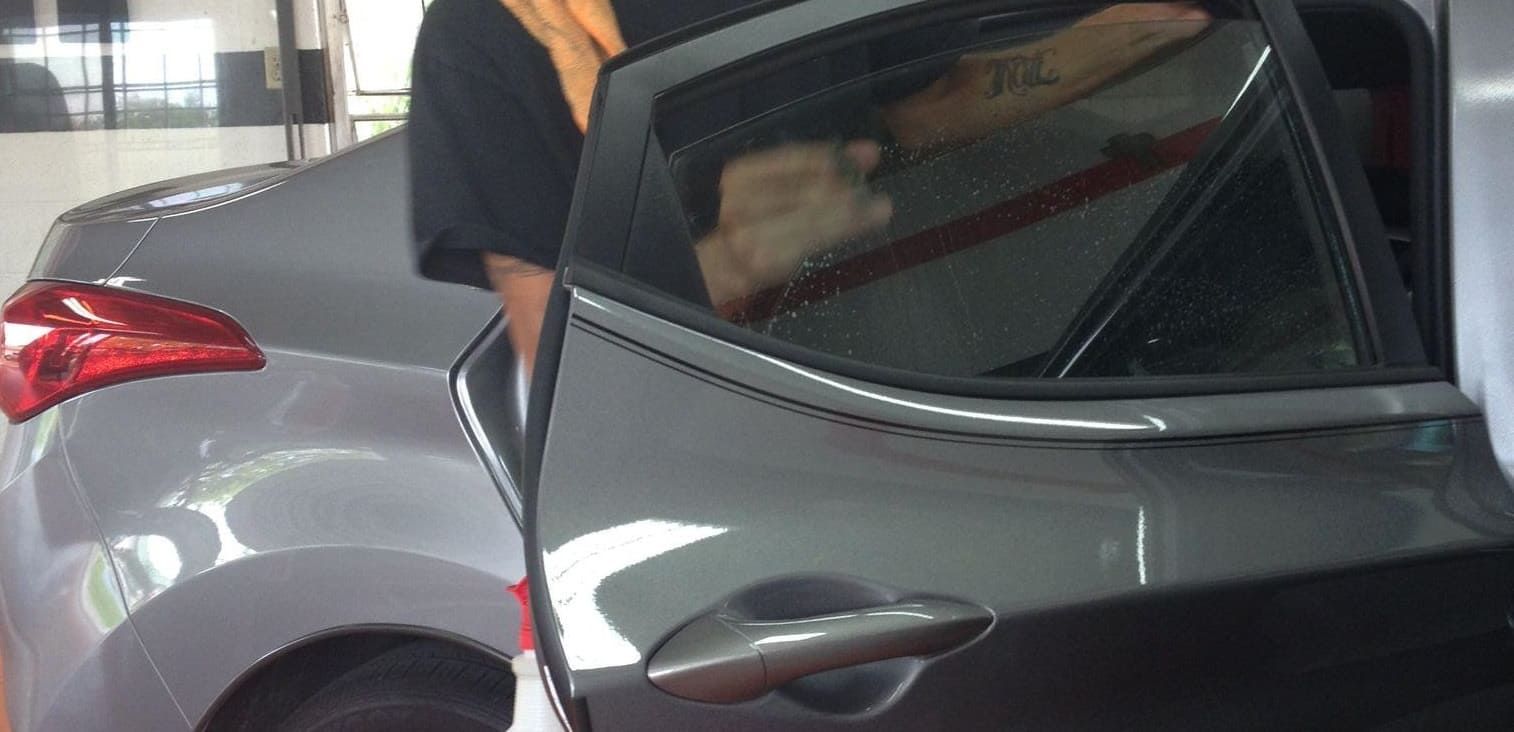
The Tinting Process Explained
The tinting process involves several steps.
First, the window tint film is cut to the size of your car windows.
Next, the film is applied to the inside of the windows.
This is done carefully to avoid bubbles or creases.
Finally, the film is heated to help it adhere to the glass.
Application and Curing
Applying the tint requires precision.
It's important to ensure the film is smooth and even.
After application, the tint needs time to cure.
This can take a few days, depending on the type of tint and the weather.
Maintenance and Care for Tinted Windows
Once your windows are tinted, proper care is crucial.
This will ensure the longevity of the tint.
Avoid using harsh chemicals or abrasive tools when cleaning.
Instead, opt for a soft cloth and a mild cleaning solution.
Cleaning and Upkeep
Cleaning tinted windows requires a gentle touch.
Use a soft microfiber cloth to avoid scratches.
Remember, the tint is on the inside of the window, so clean with care.
Cost Considerations and Finding Services
The cost of window tinting varies.
It depends on factors like the type of tint, car model, and labor.
Remember, quality work may cost more but it's worth it.
Cheap, low-quality tints can lead to issues like bubbling and peeling.
Estimating Your Tinting Costs
To estimate your tinting costs, consider the type of tint you want.
High-performance tints like ceramic and carbon are more expensive.
Also, labor costs can vary depending on your location and the complexity of the job.
Locating the Best Tinting Services Near You
Finding the best auto window tinting service requires research.
Look for customer reviews and testimonials.
Also, consider the service's warranty and post-tinting care instructions.
Conclusion and Final Thoughts
Auto window tinting is a valuable investment for car owners.
With the right knowledge and service, you can enjoy the benefits of tinted windows for years to come.
Reach out to Enterprise Window Tinting and Contact us for a free estimate on window tinting for your vehicle.

